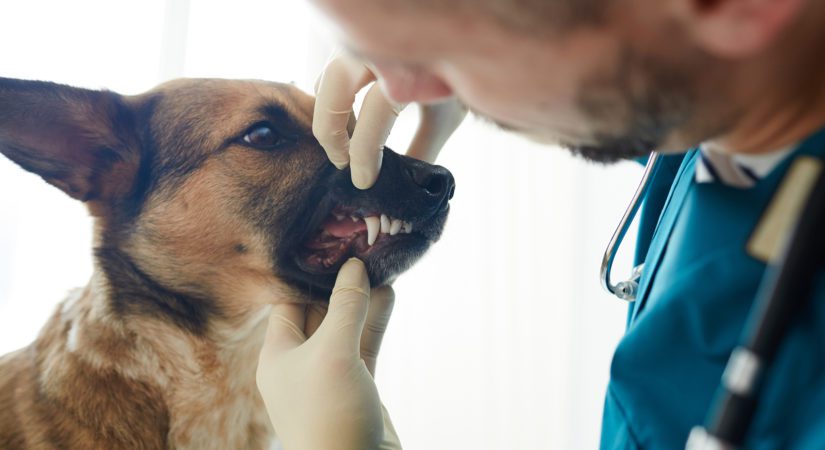10 Tips to Ensure Sparkling Teeth in Pets
Every pet needs timely dental clean-ups to prevent common dental issues like plaque, tartar, and severe gum disease. Routine vet cleanings are crucial to remove accumulated buildup, reducing the risk of tooth decay and painful dental conditions.
Good oral health contributes to overall wellness, ensuring your pet enjoys a longer, healthier life. Even so, it is advisable to consider being prepared with cheap pet insurance to tackle unanticipated illnesses and medical emergencies.
Pet insurance costs can be more affordable than potentially hefty unplanned dental costs, which is why you must think about getting a policy including dental coverage. Read this article for tips to ensure speckless teeth in pets.
Top tips to ensure sparkling teeth in pets
Maintaining shiny teeth in pets is crucial for their overall health. Here are several tips to ensure your pet’s dental well-being.
1. Routine brushing
Brush your pet’s teeth regularly using a pet toothbrush and toothpaste. Start gradually to get them used to the process.
2. Dental chews and toys
Provide dental chews or toys designed to reduce plaque and tartar buildup. The chewing action helps keep teeth clean.
3. Dental diets
Consider specially formulated pet foods designed to promote dental health. These diets often have kibble with a texture that aids in cleaning teeth.
4. Professional dental cleanings
Schedule regular professional dental cleanings with your vet. These cleanings involve scaling and polishing to address accumulated plaque and tartar.
5. Water additives
Explore water additives that can help reduce plaque and promote oral hygiene. All you need to do is add them to your pet’s drinking water for a quick rinse. Nevertheless, using a product only after seeking your vet’s advice is best.
6. Oral/dental health assessments
Visit your vet for routine examinations. Early detection of dental issues can aid in preventing more significant problems and achieving potentially quick resolution.
7. Avoid specific foods
Some human foods, especially sugary and starchy items, can contribute to dental problems. Avoid feeding them to your pet.
8. Monitor chewing habits
Keep an eye on your pet’s chewing habits. Excessive or one-sided chewing may indicate dental discomfort.
9. Provide raw bones
Offer raw bones for chewing, as they can help scrape off plaque. Ensure they are appropriate for your pet’s size and supervised to prevent choking.
10. Start early
Introduce dental care routines from a young age. This helps your pet become accustomed to toothbrushing and other oral care practices.
Consistent dental care is vital for preventing chronic gum diseases and tooth decay. By incorporating these practices into your pet’s routine, you contribute to maintaining glossy teeth and overall oral health, ensuring a happy and healthy life for your furry friend.
Ensure safe pet dental cleaning practices by using specially designed pet essentials. Human toothpaste can be harmful if ingested, so don’t use it. Introduce brushing gradually, making it a positive experience with treats and praise.
Focus on the outer surfaces and gumline. If your pet resists brushing, consider dental wipes or pads. Provide tasty dental treats to encourage clean-up through the mechanical action of chewing.
Watch for signs of dental complaints like bad breath or difficulty eating. Prioritise your pet’s comfort and well-being throughout the dental care routine, seeking veterinary advice when needed.
Also, it can be helpful to consider being prepared with cheap pet insurance at least. Pet insurance costs can be more bearable than unexpected dental bills you might have to cover during non-routine vet visits and emergencies, so contemplate purchasing dental insurance for pets.


















